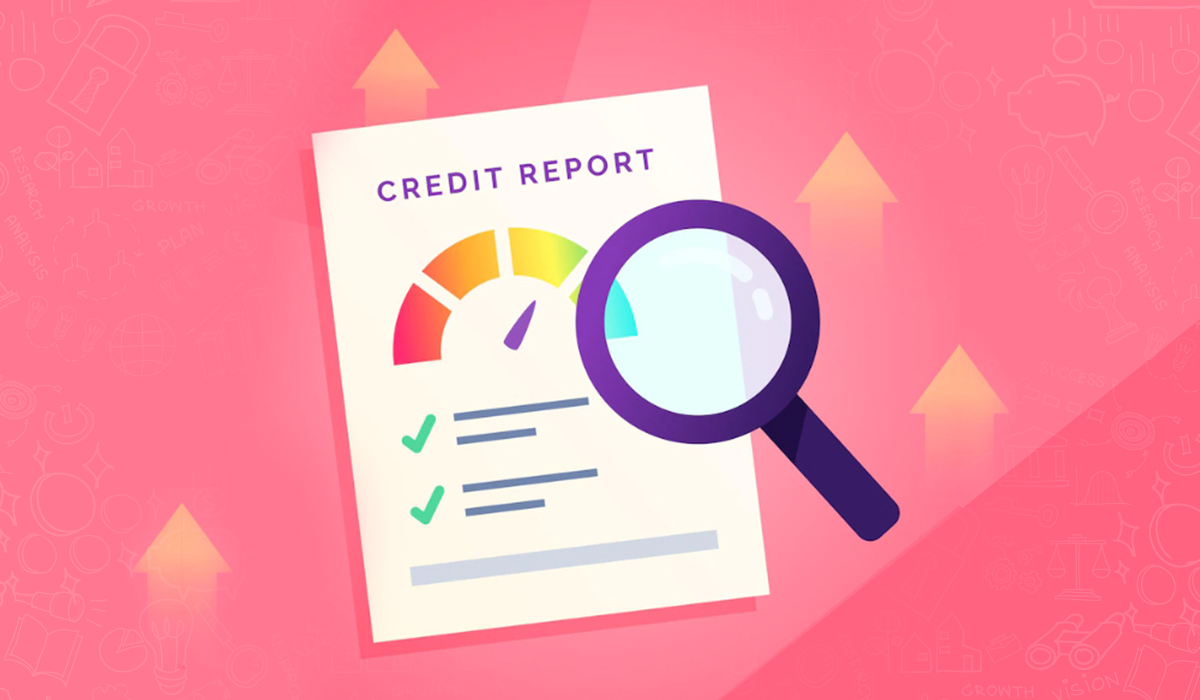Understanding Your CIBIL Score and What to Look for When You Review Your CIBIL Report?

Are you planning to take a loan? Do you want to ensure that it is processed and approved quickly? Are you looking at the lowest possible interest rate on your loan amount? If yes, then you need to check CIBIL score and ensure that it is 725 or above. At this stage, you must request your report from and check for any errors or discrepancies in it. Once you receive it, you might feel confused about how to under your CIBIL score and what to look for when you review your CIBIL report.
To help you read your CIBIL report, here is a list of sections you will find in it and where you can find your score.
What is a CIBIL Report?
Your credit report is a database in which the credit rating agencies store your credit history. CIBIL is the first credit bureau of India that creates credit reports for individuals based on their credit history. The report created by CIBIL is called the CIBIL report and is accepted by all lenders across the country. When you request your credit report from CIBIL, you retrieve your credit history and other details as your lenders and credit card issuers report to the credit bureau.
When you apply for a loan or credit card, the finance provider goes through your credit report to evaluate your credit habits and determine your creditworthiness. Based on this information, lenders decide whether to approve or decline your application. Most lenders ask for a CIBIL score of 725 or above to approve your loan.
Sections in Your CIBIL Report
CIBIL Score
This is the first section in your Credit Information Report. Lenders look at this score to determine your creditworthiness and evaluate your application. The score ranges between 300 and 900, and the credit bureau calculates it based on the data present in your ‘Enquiry Information’ and ‘Account Information’ sections. The higher score you have, the more favourable it will be for your credit line.
The score is displayed as NH or NA. Any of the following holds true:
- No credit history
- No credit activity for the last few years
- All add-on credit cards without any credit exposure
A higher score indicates that you have kept your past lender’s trust and repaid them on time. So, if you have a credit score higher than 725, the lender will perceive you as a low-risk borrower and feel more confident in lending you money.
Personal Details
The Personal Information section comes next, including your gender, name, and date of birth as you registered on your CIBIL repository. This section also contains other identity details, such as your passport number, PAN number, Aadhaar number, voter ID number, driver’s license number, and others, as you reported to your lenders.
Contact Details
The contact details section contains your telephone number, email address, and address as you reported to the lenders. The address details include your residential address, office address, temporary address, and permanent address. You can provide not only your recent information, but you may give up to four email addresses, physical addresses, and telephone numbers.
Employment Details
This section covers information regarding your income and occupation as you reported to the lender.
Account Details
This is the most significant section of your CIBIL report. Your CIBIL score will mostly depend on the details mentioned in this part. It contains details of all your credit cards and loans. It contains a table with columns like the lender’s name, credit type, account number, ownership ship, loan amount, date of account opening, data of the last payment, and outstanding balance. It also contains each month’s record of 3 years of payment.
This section also contains DPD (Days Past Due), which is the number of days a payment is due on your account. For instance, if you see ‘060’ in this section, it means that your payment is overdue by 60 days. Lenders would like to see ‘000’ or ‘STD’ in this column. Any other value is considered negative. If there is ‘XXX’, it indicates that CIBIL received no payment information for the corresponding months.
Other values that you may see include the following:
- STD (Standard)- For any payment made within 90 days
- SUB (Sub-Standard): For any payment made after 90 days
- SMA (Special Mention Account): For a special account reporting a Standard Account converting into Sub-Standard
- DBT (Doubtful): An account being SUB for the last 12 months
- LSS (Loss): An account in which loss is seen, but it is not recovered
Red Box
Sometimes, you may see a red box above your ‘Account Details’ section. If a dispute is associated with your account details, this red box indicates the text stating the parts under dispute. Once the dispute is resolved, this box will be removed from your report. There might be some changes in the information based on the input provided by the lender regarding the dispute.
Enquiry Information
This section contains information about any recent inquiries your lenders made corresponding to any credit applications you made. Each time you apply for a credit card or loan, the lender makes an inquiry about your credit history, and this inquiry is recorded in your CIBIL report as a hard inquiry. The details include the lender’s name, date of application, loan type, and loan amount.
So, use this information to read your CIBIL report thoroughly and know how it projects your creditworthiness. Since an error might hold your credit score down, study your report carefully and identify any such errors to dispute them and correct them. Once you get a credit score of 725 or above, you can apply for a personal loan, business loan, or home loan from Clix Capital and get instant funds to cover your desired expenses. We have easy eligibility and minimal documentation requirements to make our loans quickly accessible to borrowers.
Comments are closed.